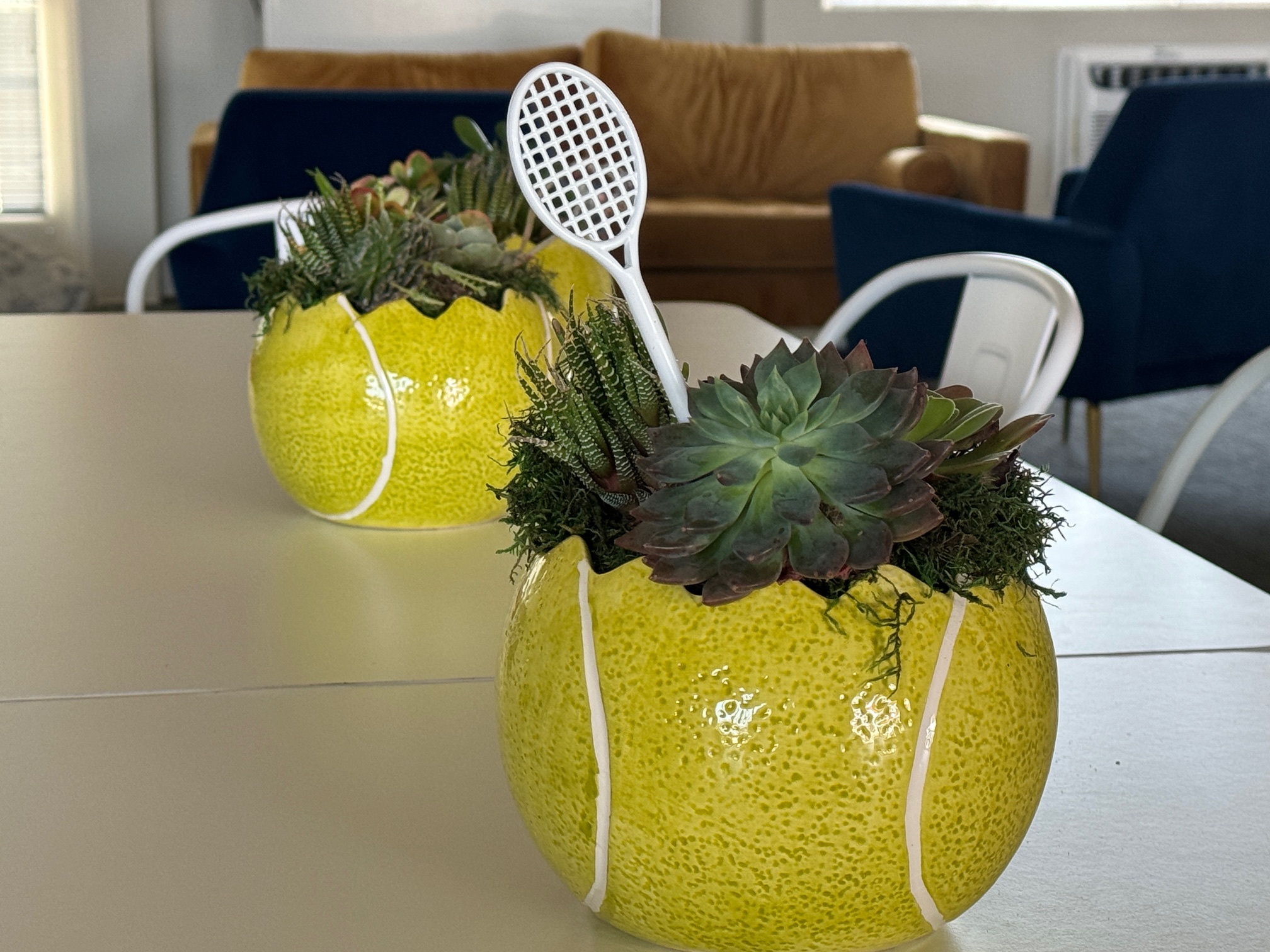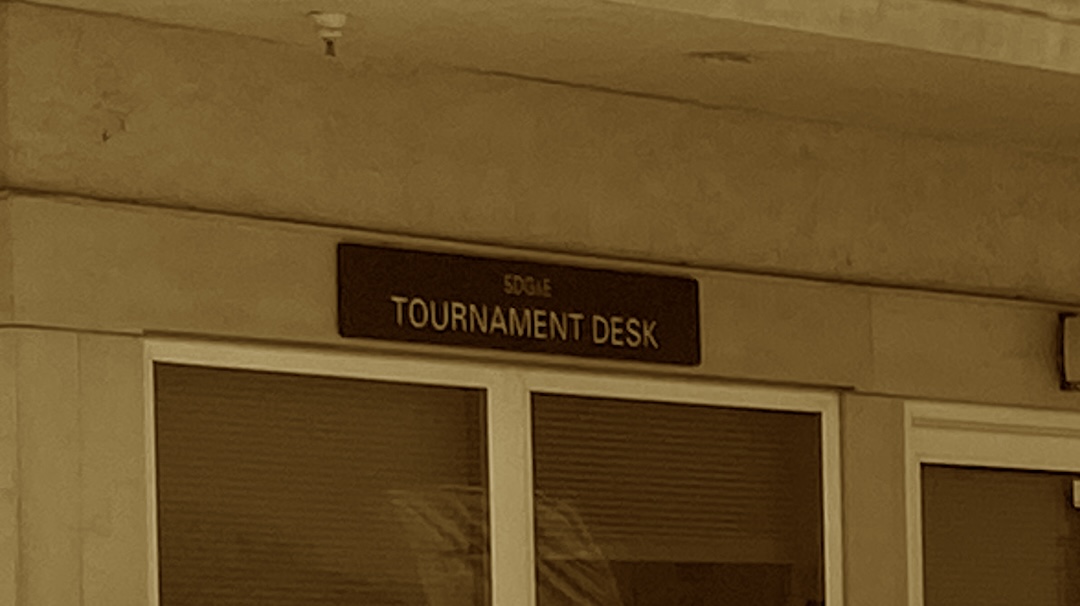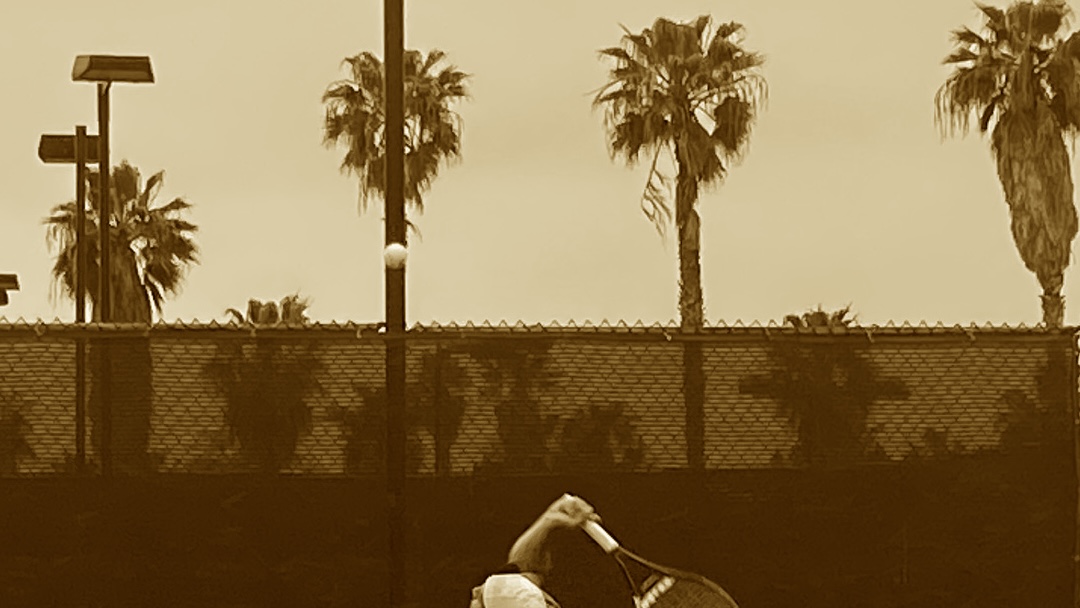Fiend at Court Unplugged
Ever since I wrote “Learn To Play: Tennis vs Pickleball,” the Fiend at Court spousal unit has been grousing at me about pickleball related content popping up as targeted ads during his internet activities. He firmly believes that the reason he is being served that advertising is due to reading that one blog post. Somehow I doubt that he will be thrilled to realize that I am in the middle of a three part “Fiend at Court Unplugged” series on that same topic.
Examination of pickleball is unavoidable and inevitable in any serious consideration in growing the game of tennis. Pickleball is regarded as a competitive threat to tennis. At the same time, the explosive growth of the sport is an enticing case study for any sport wishing to replicate the same success.
When the rapid expansion of participation in pickleball is examined in the context of tennis, analysis must be disciplined to identify the inherent aspects of each sport. While tennis and pickleball are both racquet sports, there are fundamental differences that cannot be ignored in analysis. The solution for tennis participation cannot be to simply turn tennis into pickleball. To do so would completely destroy the nature of tennis. I would chalk that up in the “loss column” should that transpire.
Before I dive deeper into this topic, I should make it completely clear that I have never participated in pickleball. My experience is based solely on watching play on courts adjacent to where I am playing tennis. Even from that distance, some of the characteristics that are unique between tennis and pickelball are apparent.
First, there is a fairly significant learning curve associated with playing tennis. It takes instruction, (sometimes) patience, and a lot of practice to learn to strike a tennis ball consistently enough to sustain a rally. The learning curve to acquire the skill level to play pickleball is significantly reduced.
In fact, I have observed players at the park pickleball courts actively soliciting other people in the park to join them in play. When random people take them up on the offer, a competitive game ensues. Tennis players are generally not that aggressively welcoming of players with unknown skill levels. It would be extremely rare for a person who has never played tennis before to be able to sustain a rally.
One of the immutable differences between pickleball and tennis is the size of the court. Four pickleball courts can be constructed in the same space as would generally be allocated to one tennis court. The smaller court size has a direct factor on the learning curve. In tennis, a player has to learn to recognize where the ball is going and then get their body to a position where the ball can be played which generally requires speed, traversal of distance, and balance.
In pickleball, playing the ball is generally a simple matter of pulling the racquet back and striking the ball. There really isn’t a lot of footwork involved with has a dramatic simplifying effect on playing the game. Additionally, the serve is delivered underhanded, which greatly reduces the complexity of that stroke. Quite simply, it is easier to go from zero to competing in pickleball than it is in tennis.
One approach to solve this “problem” for tennis is to try to make tennis more like pickleball. Shortened scoring formats is a modification that may be a direct result of analysis of pickleball. Another example would be modifying the tournament and competition structure to much shorter single day events.
An alternate approach for tennis would be to acknowledge and embrace the fundamental differences between pickleball and tennis. Promotion of tennis should lean into the differences. Perhaps the attitude should be that pickleball is fun while tennis is for hard-core serious competitive athletes.
There is an annual statistical report published on participation in organized running race events. In 2018, there were 6.2 million participants in some form of organized race. Over half of those participants only competed in 5K races or shorter. The market share for participation for 10k races, half-marathons, marathons, ultra-marathons, and triathlons were significantly lower when considered individually.
I seriously doubt that the organizers of ultra marathons have ever sat around a conference table and discussed how they can make their events more like a 5k race to attract the “majority” of running event consumers. They are going after a completely different, and much smaller, niche consumer market. Perhaps there is a lesson here for tennis.
Tennis needs to lean into the factors that make it the great sport that it is. It will never be like pickleball. That is a strength in the game rather than a problem that needs to be “fixed.”
- RaceTrends Annual Statistical Report, February 2019.
Related Content
I first wrote about pickleball in “Learn To Play: Tennis vs Pickleball.“
Part 1 of this series is in “Tennis, Pickleball, and Acorns: It’s Nuts.”



